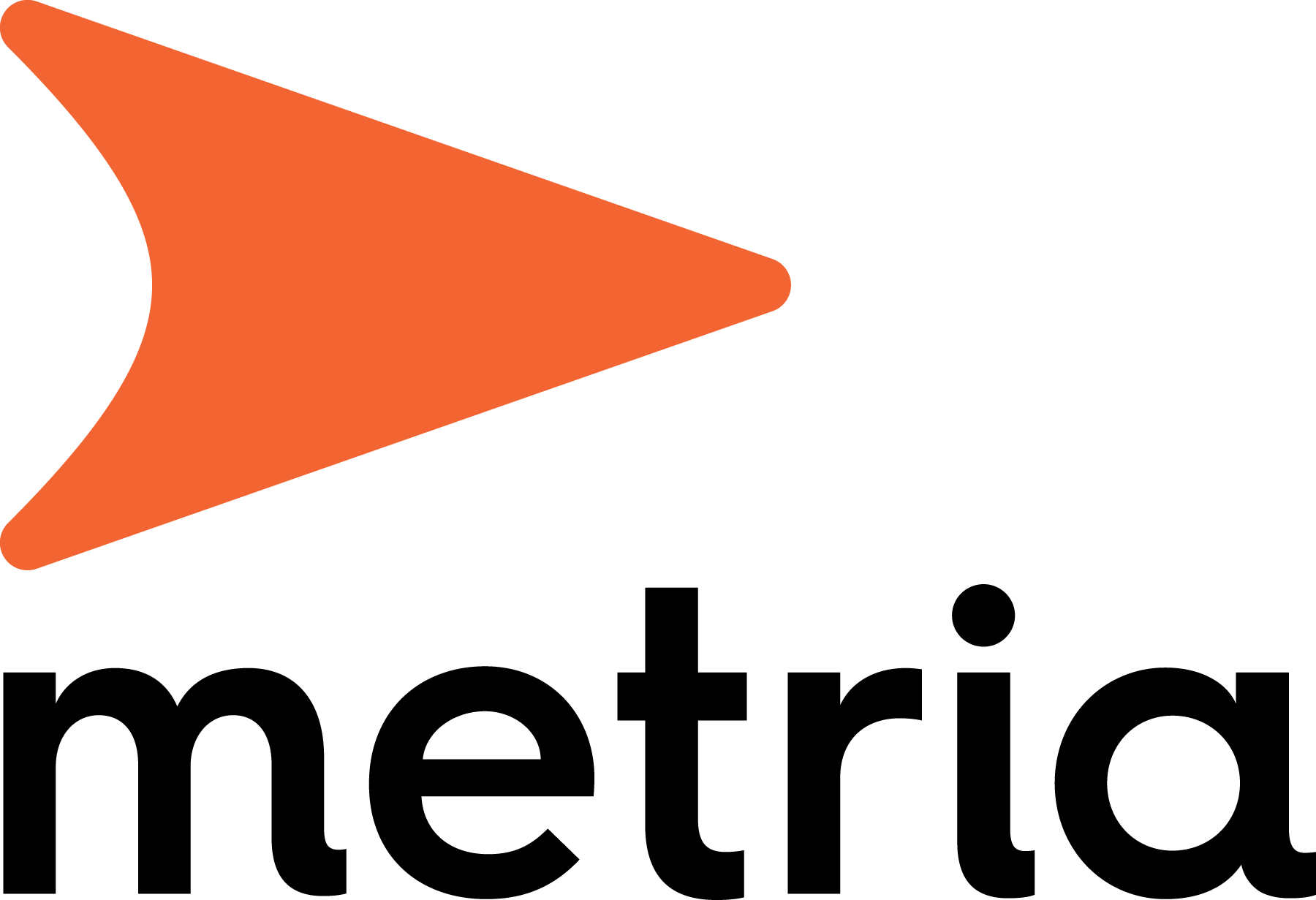In an increasingly connected world, the geographical dimension of information provides a unique opportunity to analyze and manage large amounts of data, thereby gaining new insights for more accurate decisions. Despite this, geodata is still an untapped resource in many businesses. But what is geodata and what insights can it bring to your decisions?
Today, a large part of an organization's competitiveness lies in access to the right information, with the right quality, at the right time. Success in managing large amounts of data lies in the ability to turn data into knowledge that can create business value for organizations.
From data to knowledge
Digitization and technological developments are enabling entirely new ways of capturing information in real time, data such as sensor data, satellite images, drone data and laser data. The information is almost always directly or indirectly linked to a geographical location and can be positioned geographically - geodata.
With geospatial data as the common denominator, it becomes possible to manage and analyze large amounts of data to discover complex relationships and patterns. It provides insights that can be crucial to understanding what has happened, what is happening and what will happen. Companies, municipalities and public authorities can thus gain new insights that enable them to act and make more accurate decisions.

Valuable insights for the development of society
The world we live in is constantly changing, now with greater speed than ever before due to climate change, urbanization and digitalization. Geodata puts these changes into context and provides new insights that can create solutions to many of the societal challenges of the future.
- The increase in housing construction is putting the spatial planning process to the test. An unbroken digital chain creates benefits for all actors involved in the spatial planning process as well as for citizens and businesses. It will be easier for different actors to communicate with each other, everyone will have access to the same information, and decisions can be made faster and with higher quality.
- For both military defense and civil protection and emergency preparedness, maps and geodata of good quality, timeliness and uniformity are a prerequisite for preventing accidents and crises and for well-executed crisis operations.
- The challenges in the field of climate and environment are great and often transnational. Open and easily accessible geographical information is a prerequisite for both implementing and monitoring Sweden's environmental objectives.
Geodata is playing an increasingly strategic role
In step with increased digitization, geodata has increased in value and it is a valuable, strategic resource for more and more businesses. This applies both to businesses that have long used geodata, such as municipalities, authorities and forestry companies, and to businesses that previously did not use it or had limited use, such as energy companies, banks and insurance companies.
Geodata gives them a clearer picture of the situation that helps them act and make smarter, safer and greener business decisions, thus streamlining and improving operations.
What is geodata?
Geodata is the combination of the words geographical data. It is digital information that has a direct or indirect geographical location, e.g. property boundaries, buildings, roads, but also population statistics or a register linked to addresses. It can also be a position on a phone or sensor on a device that has a position and can be tracked in real time. Synonyms for geodata include geographical information and geographical data.


